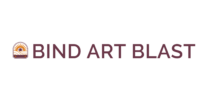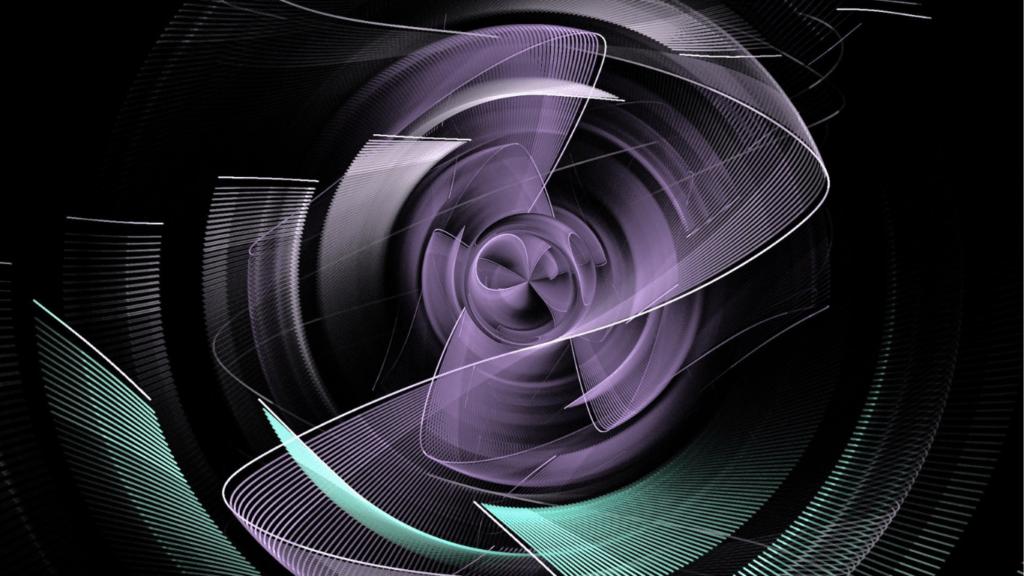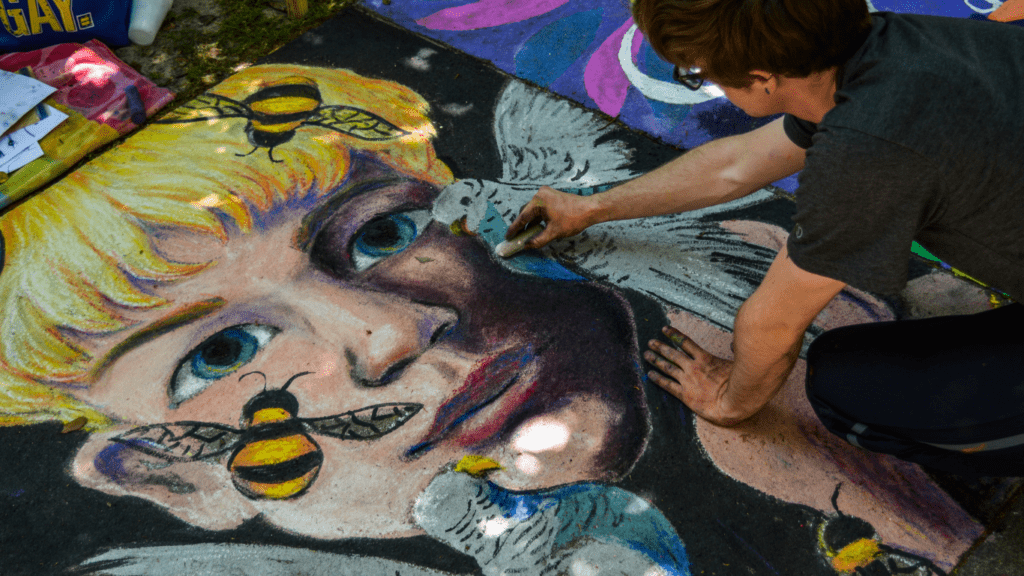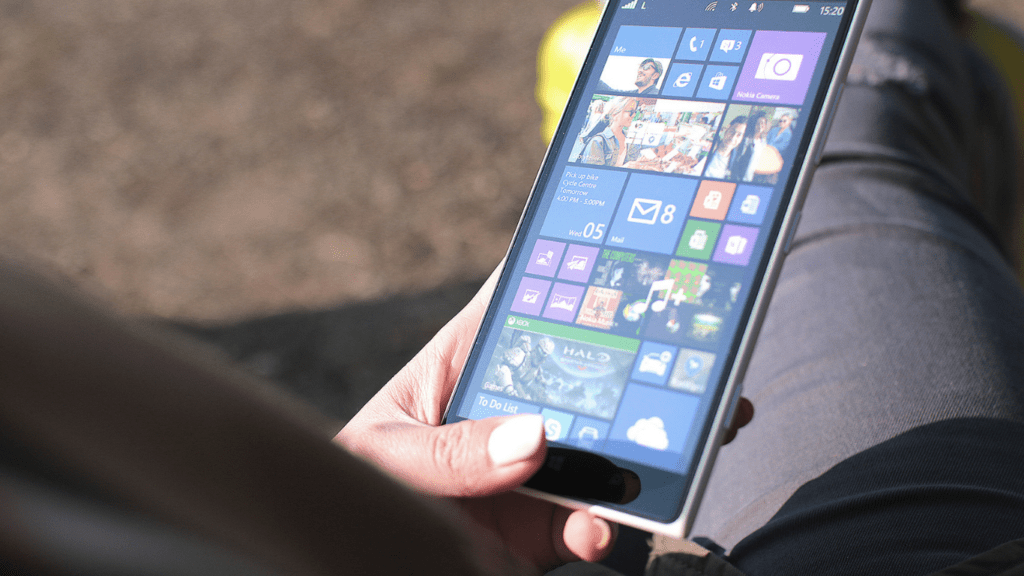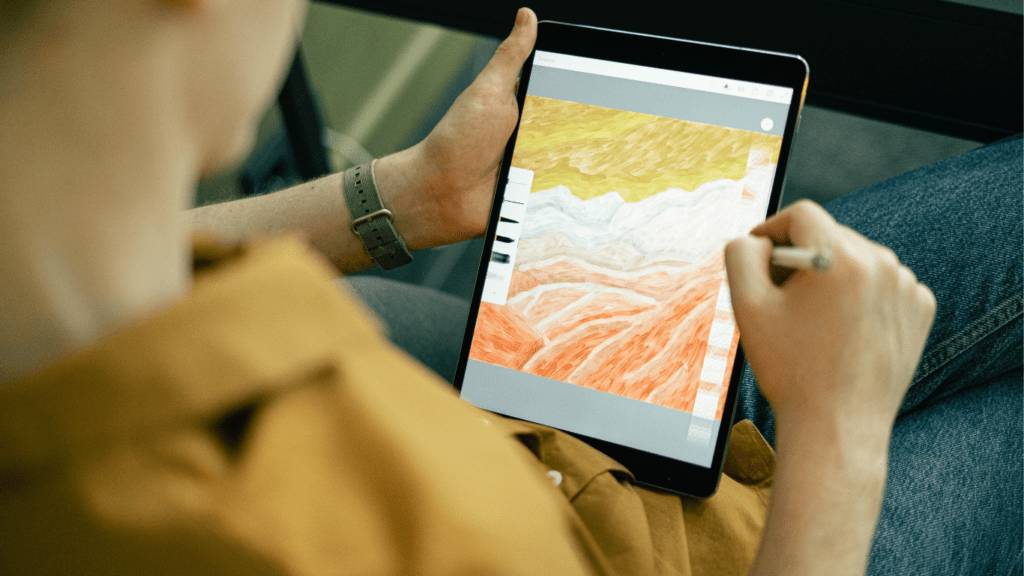What Is Creative Coding?
Creative coding uses programming to produce art. Instead of focusing on functional software applications, it’s about artistic expression. These creations can include visual art, interactive installations, and generative music. Developers, artists, and designers can all engage in this field, blending creativity with logic and technical skills.
Programming languages like Processing, p5.js, and openFrameworks are commonly used in creative coding. These tools simplify the coding process, making it accessible to those without deep technical backgrounds. Processing, for instance, is favored for its visual capabilities and ease of learning.
Algorithms play a significant role in creative coding. They generate patterns, shapes, and interactions, providing a unique canvas for artists. For example, an artist may write a script to produce thousands of variations of a particular visual pattern, each one distinct yet tied to the same underlying code.
Interactive installations benefit greatly from creative coding. These installations respond to user input, creating dynamic art experiences. Sensors, cameras, and other input devices capture data that the code translates into real-time visual or auditory responses.
Generative music is another domain within creative coding. Algorithms create music that evolves over time, leading to compositions that are never the same twice. This approach not only revolutionizes music creation but also offers new experiences for listeners.
The Intersection of Art and Technology
Creative coding exemplifies how art and technology merge, fostering interdisciplinary innovation.
Visual Art Through Code
Coding transforms visual art, enabling artists to generate intricate designs. Software like Processing empowers creators to craft algorithmic patterns. For instance, generative art deploys algorithms to produce unique visuals with each execution. Code artists like Joshua Davis and Refik Anadol are renowned for their algorithmic masterpieces, blending computation with creativity. This practice democratizes art creation, allowing even those without formal training to explore generative aesthetics.
Interactive Installations
Interactive installations merge user input with dynamic art, creating immersive experiences. Technologies such as sensors and cameras capture audience movements, translating them into visual or auditory feedback. For example, teamLab and Random International produce installations where viewers influence the art in real-time. These responsive environments foster deep engagement, prompting visitors to become co-creators. By integrating interactivity, artists and technologists craft evolving, participatory spaces that redefine audience relationships with art.
Tools and Platforms for Creative Coding
Creative coding thrives on a variety of tools and platforms, which empower artists and developers to push the boundaries of digital art. Here are some of the most popular resources in this field.
Popular Programming Languages
Programming languages form the backbone of creative coding. Processing is a widely-adopted language designed for electronic arts and visual design. It offers a simplified syntax that makes it accessible for artists with no prior programming experience. Another essential language is p5.js, which serves as a JavaScript library inspired by Processing. It shines in web-based art projects, allowing for easy integration with HTML and CSS.
JavaScript itself is also fundamental, especially for interactive web applications. Given its versatility, JavaScript powers a wide range of digital art projects, from simple animations to complex interactive installations. C++ is often preferred for performance-critical applications, like real-time graphics and virtual reality projects, due to its efficiency and control over hardware resources.
Software and Frameworks
Numerous software and frameworks facilitate creative coding initiatives, each offering unique features suited for different types of projects. For instance, Arduino provides an open-source electronics platform that integrates hardware and software for interactive installations, enabling artists to control physical components like sensors and lights directly through code.
Another powerful tool is Unity, widely known for game development but increasingly being utilized for creative coding. Unity supports both 2D and 3D art projects, boasting real-time rendering capabilities that make it ideal for immersive and interactive experiences. OpenFrameworks, a C++ toolkit for creative coding, stands out for its versatility and performance, offering extensive libraries to handle everything from graphics to sound.
Max/MSP focuses on audio and visual installations, allowing artists to create complex generative music and interactive visuals through a graphical programming environment. Finally, TouchDesigner is designed for real-time interactive multimedia content, enabling artists to create everything from interactive installations to audio-visual performances with ease.
These tools and platforms provide the essential foundation for anyone exploring creative coding, making innovative art and technology projects more accessible than ever.
Notable Projects and Artists

Numerous projects and artists have revolutionized the creative coding scene, demonstrating the limitless potential when art meets technology.
Groundbreaking Projects
Several projects have paved the way in creative coding:
- “The Treachery of Sanctuary” by Chris Milk
Chris Milk’s interactive triptych, “The Treachery of Sanctuary,” combines motion capture and digital rendering to create a captivating experience. Visitors interact with the installation via their shadows, morphing into birds in real-time. - “Meandering River” by Refik Anadol
Refik Anadol’s “Meandering River” uses machine learning algorithms to analyze and visualize environmental data. The result is a dynamic and ever-changing digital artwork, reflecting real-world variables. - “2049” by Daito Manabe
In “2049,” Daito Manabe blends augmented reality (AR) and machine learning (ML) to create an immersive performance piece. Using facial recognition and motion capture, the project offers a glimpse into the future of multimedia storytelling.
Innovative Artists
Several artists are leading the charge in creative coding:
- Joshua Davis
Joshua Davis is known for his pioneering work in generative art. Using Processing and other languages, Davis creates intricate patterns and dynamic visuals, often incorporating randomness to ensure each piece is unique. - Memo Akten
Memo Akten specializes in computational art, exploring the intersection of art, science, and technology. Akten’s projects often involve interactive installations and performances, where audience participation becomes a crucial element. - Lauren McCarthy
Lauren McCarthy’s work examines the relationship between humans and technology. Projects like “Lauren” use artificial intelligence to simulate human interactions, blending performance art with cutting-edge coding techniques.
These projects and artists exemplify the transformative power of creative coding, pushing the boundaries of both art and technology.
Learning Resources and Communities
Creative coding combines art and technology, demanding continuous learning and community support. Here are some top resources and communities.
Online Courses and Tutorials
Online platforms provide structured learning paths. Coursera offers courses like “Creative Coding” by the University of London, covering foundational concepts and hands-on projects. Udemy’s “Creative Coding: Making Visuals with JavaScript” focuses on real-time web graphics using p5.js.
For specialized domains, sites like Kadenze offer courses in “Computational Arts,” tailored to specific software like Processing. FreeCodeCamp’s tutorials guide beginners through fundamental coding skills adaptable to creative coding.
Important Forums and Groups
Active forums and groups foster community and collaboration. Reddit’s r/creativecoding group features discussions, project showcases, and problem-solving tips. The Processing Foundation hosts forums where users share code, troubleshoot, and discuss artistic concepts.
Discord communities like the p5.js server provide real-time support and networking opportunities. GitHub’s repositories for Processing and p5.js are essential for accessing and contributing to open-source projects.
These resources and communities enhance skills, support collaboration, and drive innovation in creative coding.
The Future of Creative Coding
Creative coding continually evolves, offering fresh possibilities. New technologies like virtual reality (VR), augmented reality (AR), and artificial intelligence (AI) expand what’s achievable. These innovations enable artists to create immersive, interactive experiences like never before.
AR and VR revolutionize interactive art. Combining coding with these technologies generates installations where users engage profoundly. For instance, VR allows users to navigate 3D spaces, while AR superimposes digital elements onto the real world. Projects leveraging these tools redefine artistic engagement by blending digital and physical environments seamlessly.
AI’s impact on creative coding is profound. Machine learning algorithms generate art based on specific parameters, giving rise to unique art pieces. Artists utilize AI to craft music, visual art, and even poetry. AI tools like TensorFlow and Runway ML facilitate these creations, pushing boundaries in both technology and art.
Blockchain technology introduces new ways for artists to monetize their work. Non-fungible tokens (NFTs) offer a method to securely sell digital art. Artists mint their digital creations, ensuring ownership and provenance through blockchain’s immutable records. Platforms like OpenSea and Foundation facilitate this process, offering a lucrative avenue for digital artists.
Institutions and educational entities also play a role in advancing creative coding. Universities and art schools increasingly integrate coding into their curricula, fostering a new generation of tech-savvy artists. Online courses remain vital for ongoing education, leveraging platforms like Coursera, EdX, and specialized sites like Kadenze.
Collaborative tools and platforms enhance community engagement. Tools like GitHub promote code sharing and project collaboration. Forums and communities offer spaces for knowledge exchange, troubleshooting, and mentorship. These platforms ensure creative coders stay connected, inspired, and supported.
As creative coding progresses, it reshapes the artistic landscape. Pioneering artists and technologists continue to push boundaries, merging art and technology in unexpected and exciting ways. The future of creative coding is bright, promising ever more innovative and immersive artistic experiences.
